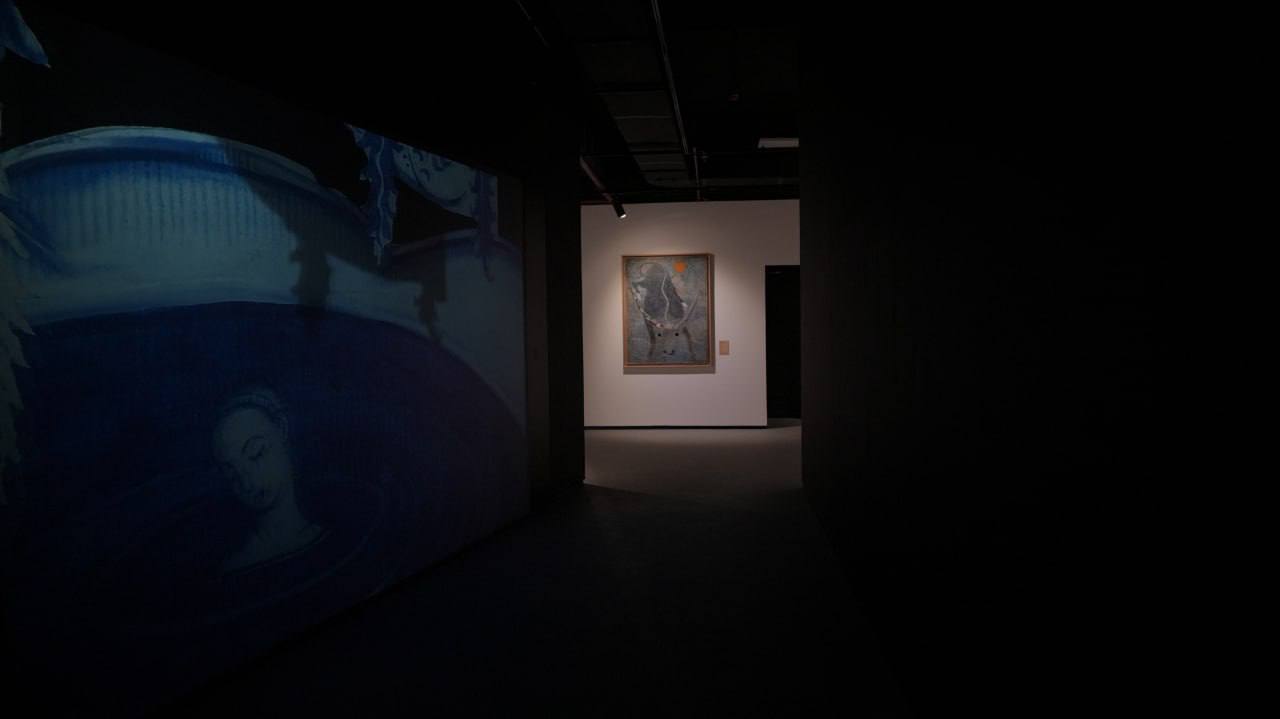The large-scale exhibition project “Uzbekistan: Avant-Garde in the Desert”, which was showcased in galleries and exhibition halls across Italy for six months, continues to run at the State Art Museum named after I.V. Savitsky.
Vasily Lysenko’s renowned painting “The Bull” has become a symbolic emblem of the I.V. Savitsky State Art Museum. Interestingly, if not for a stroke of serendipity, this piece might never have become part of the museum’s collection. According to researchers of the artist’s biography, the painting “The Bull” was discovered unexpectedly among five surviving works by Lysenko. The story goes that the canvas had been used as a patch for a hole in the roof of the artist’s house until it was salvaged by Savitsky himself.
The work combines several artistic styles, including primitivism, modernism, and post-expressionism. Observing “The Bull”, one cannot help but recall the famous frescoes of the Knossos Palace from the 15th century BCE. Moreover, the diversity in the depiction of the bull’s horns captures particular attention, as one of them is ornately adorned with geometric abstraction patterns.
The exhibition “Uzbekistan: Avant-Garde in the Desert” will remain open at the I.V. Savitsky State Art Museum until January 15, 2025.
🖼 Vasily Lysenko. “The Bull”, 1920

